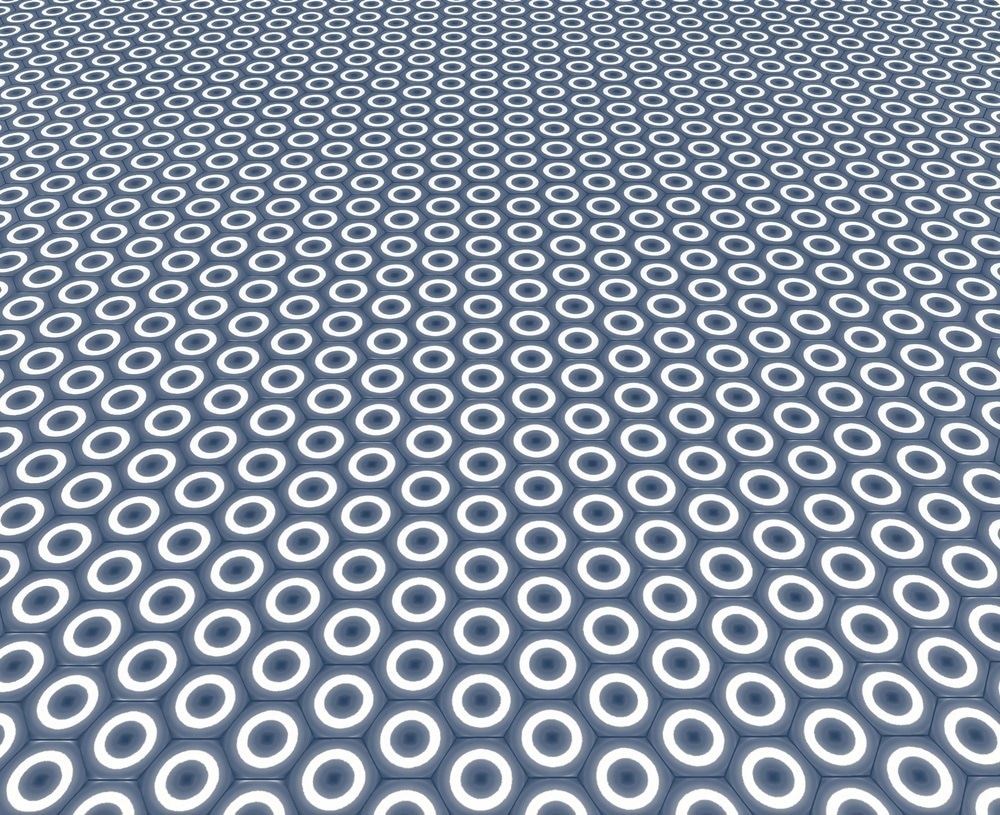Two-dimensional (2D) materials, which are based on thin films of layered semiconductors, have gathered a lot of attention for optoelectronic applications. This is especially true for the transition metal dichalcogenides (TMDCs) family, with MoS2 well documented for its potential in optoelectronic devices.

Inspired by its unique thickness-dependent energy band structure, a team of Researchers from China have investigated the electrical and optical properties of multilayer/monolayer MoS2 heterojunction photodetectors.
Transition metal dichalcogenides (TMDCs) have been researched extensively and are now known for their optoelectrical potential. Of these, molybdenum disulphide (MoS2) has attracted a lot of attention due to its suitable direct bandgap (1.8 eV), high charge carrier mobility and high light absorbance. 2D MoS2 is also a useful optoelectronic material as the band structure can be controlled by varying the number of layers within a device.
One main area of implementation is as a heterojunction, i.e. the interface of two crystalline materials, which normally takes the form of n-type and p-type materials. A heterojunction can be either lateral or vertical in nature, but both are fundamental building blocks for modern day optoelectronic devices, such as photodetectors, light emitter diodes and solar cells. Vertical heterojunctions are formed through the stacking of 2D materials using Van der Waals (VdW), however, this type does not work well with TMDCs due to the offsetting of bands and the inhibition of charge carriers.
On the other hand, lateral heterojunctions show great promise. Lateral heterojunctions are formed through localized chemical doping or electrostatic tuning. Unlike in vertical heterojunctions, which suffer from performance-hindering impurities, the impurities at the p-n junction can generally be ignored. It is also possible to utilize the band offsets in these junctions.
In this study, the Researchers produced electrically tuneable, as-exfoliated, multilayer/monolayer MoS2 heterojunctions and investigated the photoresponse abilities to different wavelengths from ultraviolet (UV) to visible (vis) light.
The Researchers used a mechanical exfoliation method, attached a metal source/drain to the substrate, and followed this up with patterning using electron-beam lithography (EBL). This was followed by thermal evaporation methods. The structure of the MoS2 samples were confirmed using a combination of atomic force microscopy (AFM, SPA 500, Seiko Instruments Inc.) and Raman spectroscopy (RM-1000, Renishaw). The electronic and optical properties of the MoS2 heterojunctions were explored using a parameter analyzer (Agilent B1500), with monochromatic wavelengths being provided by a CEL-LEDS35 LED illuminant system (CEAULIGHT).

 Interested in Instrumentation? Request Further Information
Interested in Instrumentation? Request Further Information
The Researchers found that the MoS2 heterojunction exhibited good gate-tuneable current-rectifying characteristics. A rectification ratio of 103 was found at a gate voltage of 10 V and was found to offer evidence of the existence of the heterojunction. A small ideality factor of 1.95 in the dark was also found.
When illuminated from ultraviolet to visible light, the multilayer/monolayer MoS2 heterojunction was found to possess an excellent photo detective performance. The heterojunction was found to exhibit a photoresponsivity of 103 A/W, a photosensitivity of 1.7×105 and a detectivity of 7×1010 Jones, at 470 nm light illumination. These values are at least comparable, if not higher in some cases, than most of the recently reported vertical and lateral heterojunctions.
An anomalous photo response using a positive gate voltage was observed. The subsequent analysis indicated the role of the heterojunction in the photocurrent generation process.
The Researchers also deduced the mechanism of operation. The negative gate voltage corresponded to the off state, whereas the positive gate was representative of the on state. In the off state, the conduction and valence bands were pulled downwards, inducing Schottky barriers. When the gate voltage moved to a positive value, the junction contacts changed, leading to an Ohmic contact. As a result, the photovoltage induced by the contact barriers was weakened.
The research has provided valuable insights into the fundamental physics that governs the band alignment for multilayer/monolayer MoS2 heterojunctions. This work also provides a platform for further investigation of lateral multilayer/monolayer TMDCs heterojunctions, and will be a valuable tool for the fabrication of novel flexible and transparent optoelectronic devices in the future, namely in high-performance photodetector applications.
Source:
“Lateral multilayer/monolayer MoS2 heterojunction for high performance photodetector applications”- Sun M., et al, Scientific Reports, 2017, DOI:10.1038/s41598-017-04925-w
Image Credit:
GiroScience/ Shutterstock.com
Disclaimer: The views expressed here are those of the author expressed in their private capacity and do not necessarily represent the views of AZoM.com Limited T/A AZoNetwork the owner and operator of this website. This disclaimer forms part of the Terms and conditions of use of this website.